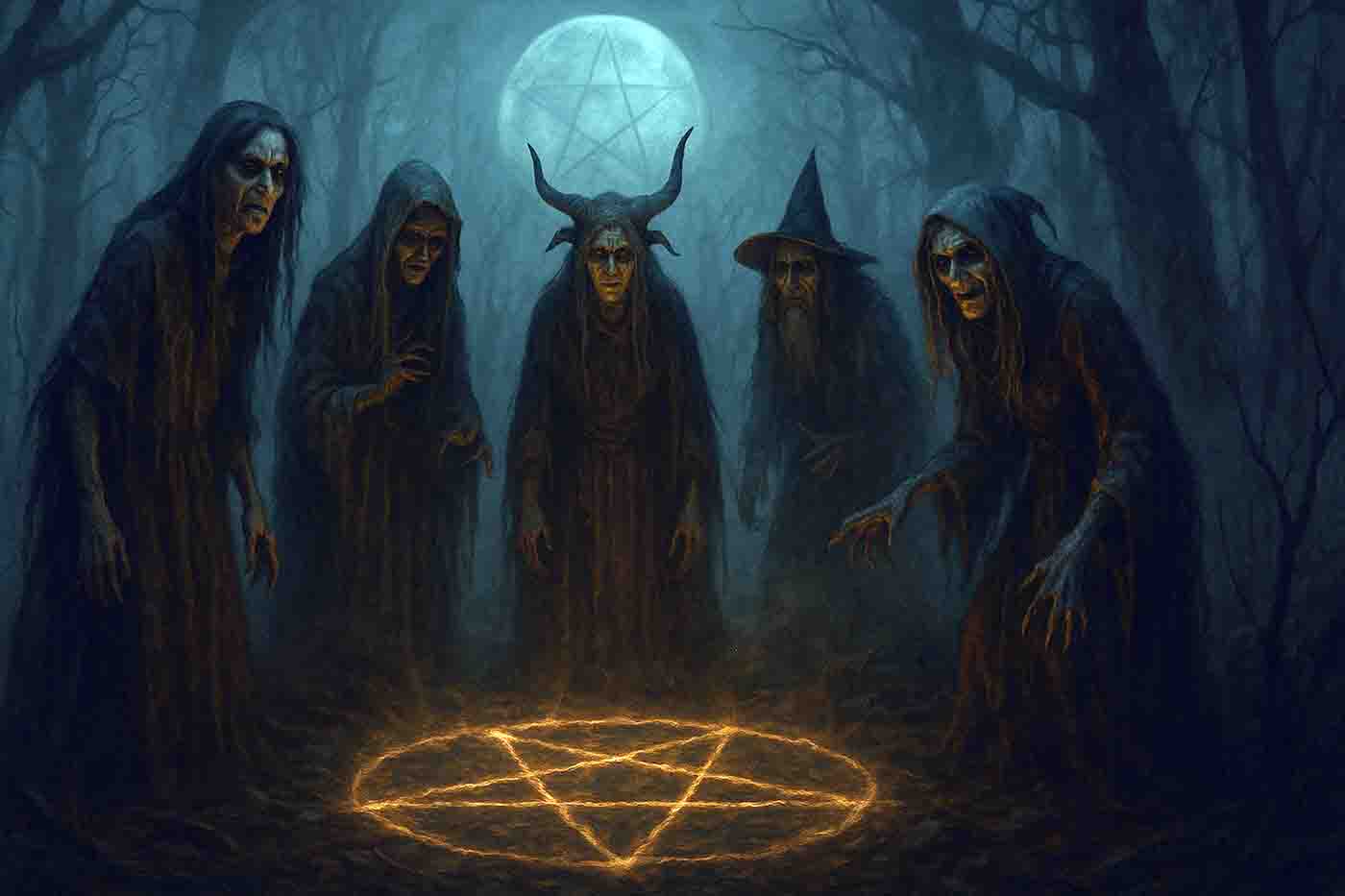Whispers from the Afterlife
Yūrei, Japan’s eerie and captivating ghostly spirits, have been a central part of Japanese folklore for centuries, distinct in their characteristics and haunting stories. Similar to ghosts in Western culture, but with a uniquely Japanese twist, Yūrei are spirits that remain in the human world due to unresolved trauma, powerful emotions, or unfulfilled desires. Their legends have evolved through time, becoming iconic figures in Japanese storytelling, theater, and modern media.
What Makes Yūrei Unique?
The Yūrei’s appearance is one of their most defining traits. Traditionally, they are depicted with long, disheveled black hair, an unnaturally pale face, and dressed in a white burial kimono, which is associated with death in Japanese culture. Unlike other ghostly figures, Yūrei often lack feet, giving them a floating, otherworldly quality that adds to their eerie presence. This visual portrayal is deeply rooted in Japanese culture and is often seen in paintings, Kabuki theater, and films, making them instantly recognizable.
Yūrei are also unique because they are tethered to the living world by intense emotions such as rage, sorrow, or vengeance. These powerful emotions keep them from moving on to the afterlife, causing them to haunt people or places until they achieve closure or vengeance. Their strong emotional ties give Yūrei a purpose beyond mere haunting, making them far more than just wandering spirits. In addition, Japanese culture provides a way to confront Yūrei through Ofuda, protective talismans with sacred text that can control or banish them, adding an element of spiritual defense that is distinctly tied to Japanese beliefs.
Yūrei are also deeply connected to Japanese funeral rituals and ancestor worship. If proper rites aren’t performed, or if they have unfinished business, a person’s soul might become a Yūrei. This connection to cultural rituals highlights the importance of honoring the dead, making these spirits a reflection of societal values around death and the afterlife.
Yūrei Folklore Through the Ages
Throughout history, numerous tales of Yūrei have emerged, each adding to the rich tapestry of ghostly folklore in Japan. One of the most famous examples is Oiwa from the Kabuki play “Yotsuya Kaidan” (1825), a story of betrayal, poison, and revenge. Oiwa’s husband, who caused her suffering, is haunted by her disfigured spirit, showing how Yūrei often act out of a deep sense of vengeance.
Another well-known Yūrei is Okiku from “Banchō Sarayashiki,” a tale from the 1600s. Accused of losing a valuable plate, Okiku was killed and thrown into a well. Her ghost emerged every night, counting from one to nine before letting out a heart-wrenching scream, forever haunting her killer. These legends blend horror with sorrow, highlighting the pain and injustice experienced by Yūrei in their mortal lives.
The story of Otsuyu from “Botan Dōrō” (The Peony Lantern) is another classic. Otsuyu, a ghost who continues to visit her lover after death, embodies the theme of longing and unfulfilled love. Despite her haunting, the tale reveals the deep connection that even death cannot sever.
Yūrei are more than just ghostly figures; they are an essential part of Japanese culture, reflecting the emotions, rituals, and beliefs surrounding life, death, and the afterlife. From their unique appearance to the haunting tales that have been passed down for generations, they continue to captivate and terrify, serving as reminders of the unresolved emotions that can linger long after life ends. These spirits, with their distinctive characteristics and rich folklore, remain one of Japan’s most fascinating supernatural phenomena.
Whispers from the Afterlife Whispers from the Afterlife



